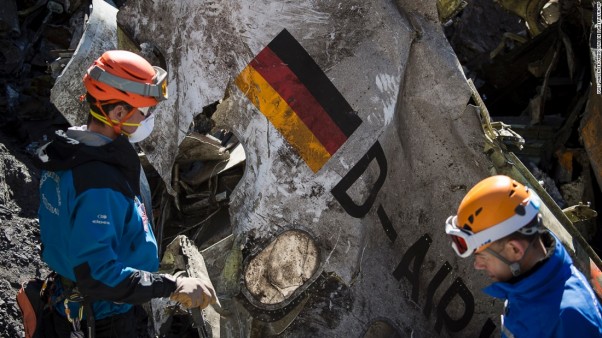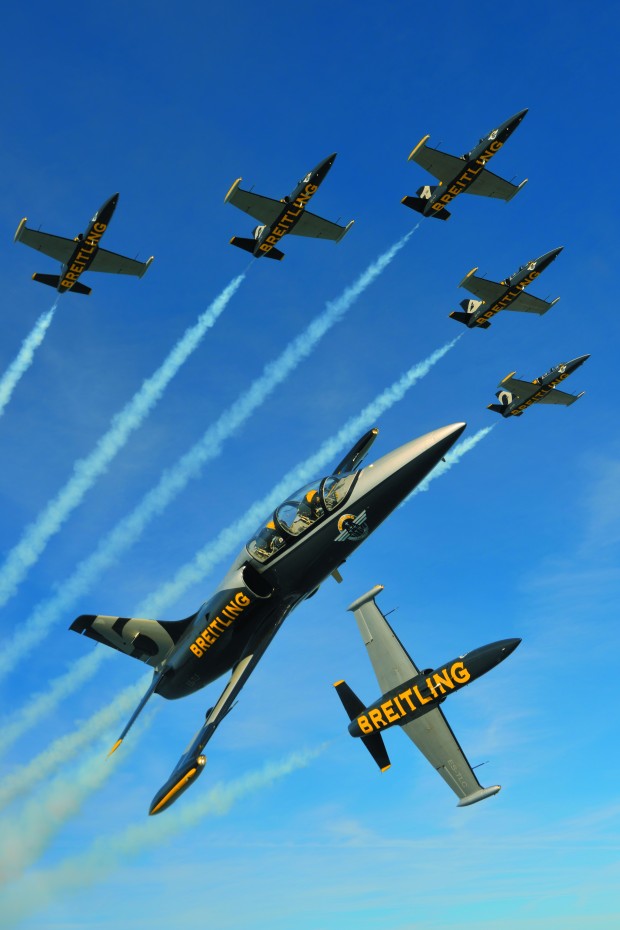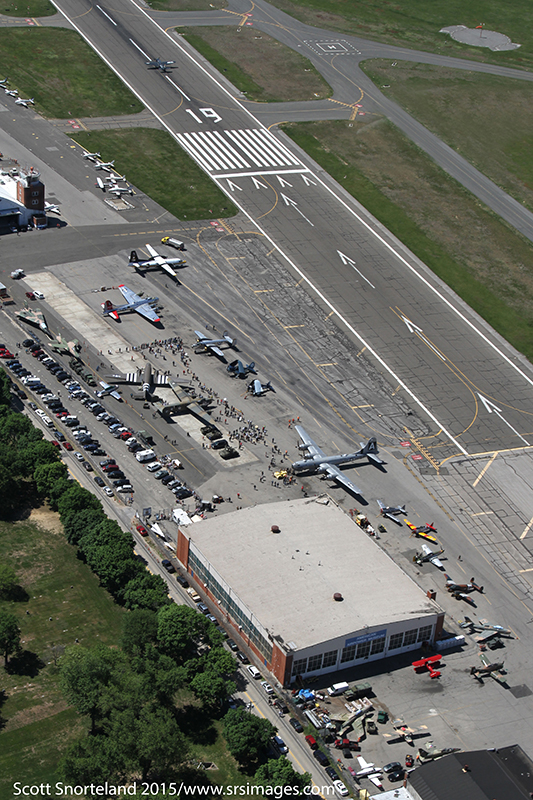
The American Airlines 787 Experience Two Weeks Later
While many bloggers and aviation reporters (NYCAviation among them) showed off the first flight on American Airlines’ newest airframe, the Boeing 787-800, I decided to take a slightly different approach and see how she was holding up after the first week of service. American Airlines now has six 787-800 in their huge fleet, with N800AN doing a twice a day ORD-DFW run for pilot/crew and ground staff familiarization. This relatively short flight is long enough to get everyone acquainted with this incredibly complex machine and show it off to their domestic customers.
I was booked in seat 21A and was looking forward to flying on American Airlines’ latest and greatest. I had high expectations; a domestic wide body trip, cool lighting/ambiance, high-tech windows, a quiet cabin, a “better” environment (humidity and pressurization), comfortable seats and meeting a few other excited aviation enthusiasts.
Arriving in Chicago I quickly navigated my way to gate L10. I caught a glimpse of my shiny new bird standing tall amongst all the domestic narrowbody 737s and MD-80s. I arrived as the inbound flight from Dallas was deplaning. There was a bit of a buzz in the gate area with lots of passengers having just completed a “bucket list trip.” Cellphones, iPads and DSLRs were out and snapping away, and mercifully, no selfie-sticks were seen!
The inaugural week had gone pretty well with 100% dispatch reliability and no major equipment issues. American Airlines has planned and implemented a smart, strategic launch. An established route, hub to hub service, good training for all team members and reasonable turn times. This thoughtful introduction produced a great travel experience for the 7000 passengers who have traveled before me.
I met with Captain Mike Riley and he escorted me on board. It was a novel experience to be one of a handful of people on a plane that seats 226 people. As Captain Mike headed to the flight deck, I headed to my seat to stow my luggage and introduce myself to the crew. This plane is configured with 198 economy seats and 28 business seats.
Our flight today had two Captains on the flight deck, Captain Mike Riley and Captain Bob Schertler who would be flying the return leg to Dallas. They told me we would have 226 passengers on board, and a crew of 8. Although the cabin was full and we had no empty seats, today’s two hour flight would be taking off at only 375,100lbs, well below the maximum take-off weight of 502,500lbs. As the Captains programmed in our flight information, I met with the crew to get their impressions of the aircraft.
Today’s crew of eight was busy preparing the plane for flight, coordinating the delivery of catering on board, assisting in training the ground staff and taking care of the 226 passengers. The business cabin is fitted out with 28 lie-flat seats. Each seat is its own personal cocoon of wide screen monitors and fully reclining seats. These seats even had their own personal ‘do not disturb’ light that the passenger could activate. Not much use on a 2-hour flight, but those little lights will get more use on the upcoming flights to Beijing and Buenos Aires.
The cabin of the 787 is sleek and contoured. Not many sharp edges to be found on the cabin dividers, galleys and bathrooms. Some of the “high-tech” features on the 787 include the LED lighting. A cool, soothing blue greeted us as we boarded and a red/orange accent was added as we landed. Other lighting options include; “Fiesta” and “American House Party”. Perhaps those lighting options will get more use when this aircraft is travelling to vacation destinations! Soon Captain Mike announced it was time to go and close the boarding door. This would be the 4th time the boarding door was closed since ground staff was getting checked off and trained on the proper way to open and close a Dreamliner door.
I easily found my seat, since it was the only one not occupied! I got buckled and excitedly awaited our engine start procedure. The first thing I noticed was the lack of engine noise and vibration. There were none of the tell indications of the ventilation cutting off as this plane uses a bleedless system for cabin ventilation. Nor did I notice any loud or pulsating hydraulic pumps building up pressure. Soon we were on our way to our departure runway.
The weather in Chicago was damp, cloudy and a bit windy; I was looking forward to clearing the cloud deck and seeing some sun. After a surprisingly short taxi time, the two GE GEnx-1B engines effortlessly got us airborne and on the way to Dallas. The noise level was muted and did not have the typical low frequency roar of a typical jet engine. The take-off was a bit bumpy and had a few oh’s and ah’s from one of the first time travelers a few rows behind me. As we broke through the cloud cover the ride smoothed out dramatically. Today’s flight plan had us at 30,000 feet, the smoothest altitude they could find. Unfortunately 30,000 was still bumpy and a bit choppy, so we descended to 28,500 feet and found some good air. Although the plane is capable of flying at 43,000 feet and Mach .85, our plans were more pedestrian.Much to the chagrin of my row-mates, I amused myself playing with electro chromic window shades. Being a photographer I had fun experimenting with the different dimness settings, it was like having my own ND filter on the window! Dimming the window 1/2 ways was the equivalent of three and a third stops, taking my shutter speed from 1/1000th to 1/80th of a second. The only “issue” is that the window has a definite blue hue to it, so color correction will be required for any pictures taken out the window.
The 3-3-3 seat alignment in economy is fairly dense, but certainly adequate for a two hour flight. One of the features that would make a 9-12 hour flight in the middle seat manageable is the super inflight entertainment (also known as the electronic pacifier in some circles). Each seat has its own video screen, USB charging port and 120v power outlet. The video screen was large (9” inch) and the video quality was good. Best of all I had a huge selection of videos to choose from. Today’s flight had 180 TV programs to choose from! After beverage and snack service I fired up the video system and watched two episodes of “The Big Bang Theory.” If I need to travel 9-12 hours I would certainly pick the Dreamliner: the combination of air quality, low noise levels and great personal video systems (and power ports) would make the trip manageable.
The information is "http://www.nycaviation.com/2015/05/settled-american-airlines-787-experience/#.VWu0Y9JVhHw" Is always quoted the reference link.














